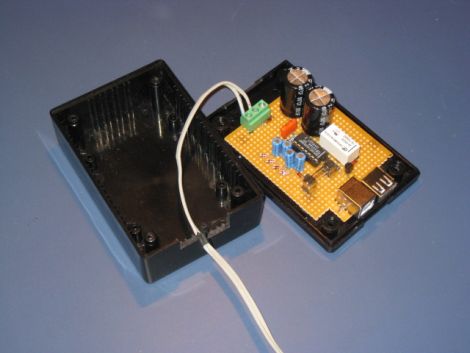
If you’ve got a crazy ingenious idea for Microsoft’s Kinect peripheral, but don’t have the means to make your dream a reality, the Kinect Accelerator just might be the opportunity you’ve been waiting for.
Microsoft, having performed a complete 180-degree turnaround from their initial stance on Kinect hacking, is embracing developers more than ever with this new program. They are offering a $20,000 along with development space to ten startup companies, in hopes of turning out some incredible Kinect applications. At the end of the three month program, each group will have the opportunity to present their creations to a group of angel investors, which is a fantastic opportunity.
Obviously competition to gain entry into the program will be pretty fierce, but if you think you have what it takes, get your application in now. Judging by the Kinect Accelerator FAQ section, this looks to be something geared towards small tech startups rather than individuals, but it never hurts to give it a shot.
















